The Plenitude: Creativity, Innovation, and Making Stuff (Simplicity: Design, Technology, Business, Life)
Rich Gold
We live with a lot of stuff. The average kitchen, for example, is home to stuff galore, and every appliance, every utensil, every thing, is compound—composed of tens, hundreds, even thousands of other things. Although each piece of stuff satisfies some desire, it also creates the need for even more stuff: cereal demands a spoon; a television demands a remote. Rich Gold calls this dense, knotted ecology of human-made stuff the "Plenitude." And in this book—at once cartoon treatise, autobiographical reflection, and practical essay in moral philosophy—he tells us how to understand and live with it.
Gold writes about the Plenitude from the seemingly contradictory (but in his view, complementary) perspectives of artist, scientist, designer, and engineer—all professions pursued by him, sometimes simultaneously, in the course of his career. "I have spent my life making more stuff for the Plenitude," he writes, acknowledging that the Plenitude grows not only because it creates a desire for more of itself but also because it is extraordinary and pleasurable to create.
Gold illustrates these creative expressions with witty cartoons. He describes "seven patterns of innovation"—including "The Big Kahuna,""Colonization" (which is illustrated by a drawing of "The real history of baseball," beginning with "Play for free in the backyard" and ending with "Pay to play interactive baseball at home"), and "Stuff Desires to Be Better Stuff" (and its corollary, "Technology Desires to Be Product"). Finally, he meditates on the Plenitude itself and its moral contradictions. How can we in good conscience accept the pleasures of creating stuff that only creates the need for more stuff? He quotes a friend: "We should be careful to make the world we actually want to live in."
0262072890
Inside Java(TM) 2 Platform Security: Architecture, API Design, and Implementation
Li Gong
An expert tour of security on the new Java 2 platform, Inside Java 2 Securitywill find an enthusiastic audience among advanced Java developers and system administrators. As the author notes during the general discussion on network security, safeguarding your system goes far beyond mere cryptography.
This book reviews multiple security threats and the strategies used to combat them, such as denial of service attacks, Trojan horses, and covert channels. In addition, it touches on the evolution of Java security from the restrictive days of the JDK 1.0 sandbox to the sophisticated security features available in Java 2, including a section that presents a list of 11 security bugs found in early versions of Java.
Because Java 2 security is now policy-based, it must be managed by system administrators as part of enterprise security. A chapter on Java 2 security presents the "big picture" as well as the classes used to implement policy-based security where developers can control access to an entire system like files, network resources, or runtime permissions on code. The book also discusses the rather primitive tools used for Java 2 security management such as the policytoolutility. For advanced developers, further sections demonstrate how to create new permission classes and how to make JDK 1.1 security code migrate to Java 2.
A section on the Java Cryptography Architecture (JCA) shows that Java 2 supports the latest in encryption standards like SHA, DSA, RSA, and X.509 certificates. The text concludes with some well-considered predictions for the future of security on the Java platform. In the meantime, this book shows you what you will need to know about security when committing to Java 2 on the enterprise. Security is now part of the picture and will require both extra development time and administrative effort. —Richard Dragan
0201310007
Cartoon History of the Universe 2
LARRY GONICK
Continuing right where the first book left off, The Cartoon History of the Universe IIonce again combines Gonick's superb cartooning with the lessons of history. Find out what Lynn Johnston, creator of For Better of Worse, calls "a gift to those of us who love to laugh and who love to learn." Part II contains volumes 8 to 13, from the Springtime of China to the Fall of Rome (and India, too!).
0385420935
|
Cartoon History of the Universe 1 (Cartoon History of the Universe)
LARRY GONICK
One of the beautiful things about comics is that it is possibly the best medium for combining education and entertainment. No one knows this better than Larry Gonick, whose Cartoon History series spans many subjects. Whether you are a fan of history, comics, or Gonick's books, The Cartoon History of the Universe Iis a great place to start. Part I contains volumes 1 to 7, from the Big Bang to Alexander the Great.
0385265204
Dynamic HTML: The Definitive Reference
Danny Goodman
Danny Goodman felt that he couldn't trust any of the documentation on Dynamic HTML (DHTML) that he read (too many contradictions), so he wrote this book as a reference for working with his own clients. After testing tags and techniques on multiple releases of the main browsers, Goodman came up with very practical information—some of which you may not find in any other resource.
Goodman assumes a solid foundation, if not expertise, in basic HTML and an understanding of what DHTML is all about. From those assumptions, he presents a meaty, information-dense volume. The first of the book's four sections discusses industry standards and how to apply the basic principles of DHTML. He emphasizes the differences in Web browsers and discusses how to build pages so that they work well in both Netscape Navigator and Microsoft Internet Explorer. The second section is an extensive, quick reference of all the tags, objects, and properties of HTML, cascading style sheets, Document Object Model, and core JavaScript. A particularly handy cross-reference guide to this information follows, helping you locate it in alternate ways. The final section contains appendices, with useful tables of values and commands. —Elizabeth Lewis
1565924940
|
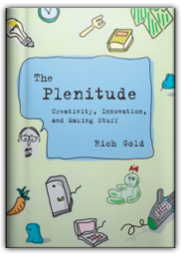
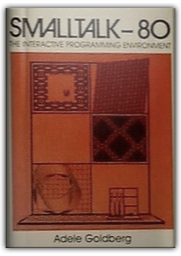
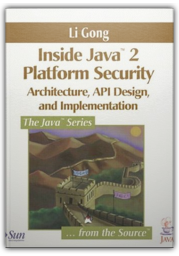
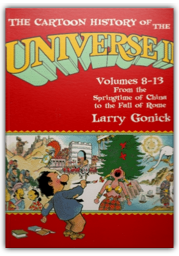
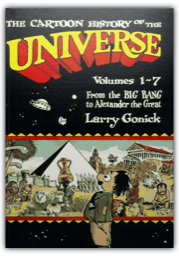
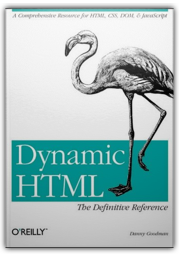



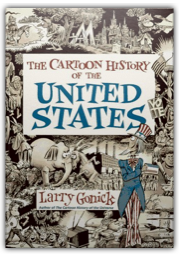
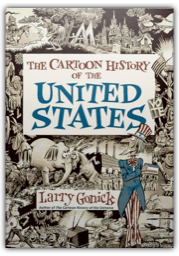
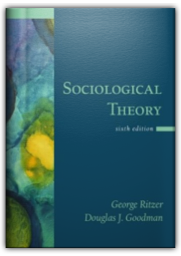

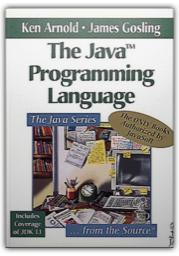
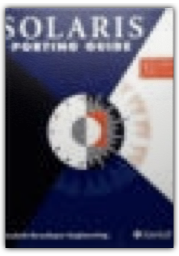
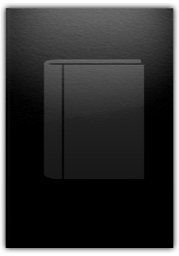
 Made with Delicious Library
Made with Delicious Library